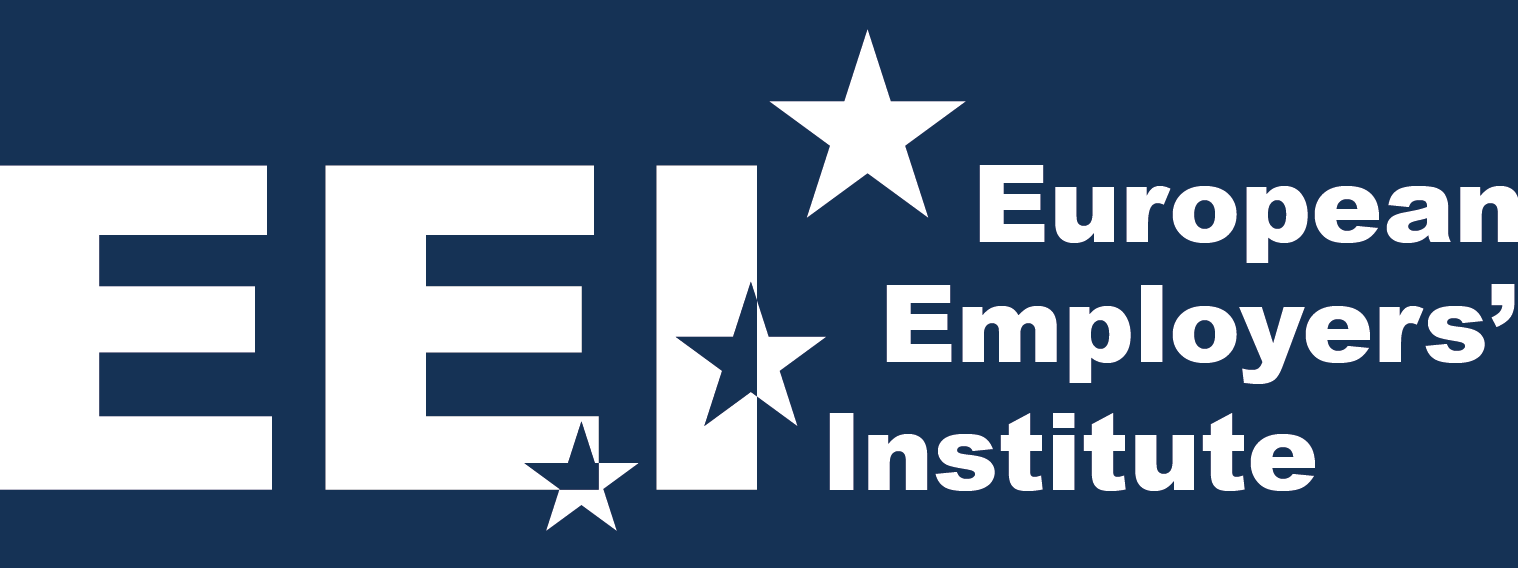Core EU economies drive the widening EU–US productivity gap, the second EEI study on productivity reveals

Published: 30 October 2025
The second study on productivity, commissioned by the European Employers’ Institute (EEI) and conducted by Rexecode (France) offers a detailed country- and sector-level analysis of the EU–US productivity gap over the 1995–2019 period. The findings show that the core EU economies – Germany, France, Italy, Spain, Belgium, and the Netherlands – are the main contributors to the EU’s slower productivity growth, despite their strong overall contribution to the European economy.
While newer member states in Central and Eastern Europe have achieved faster productivity growth than the United States, these gains have not been sufficient to offset the weaker performance of the larger economies, which account for most of the EU’s total value added. The study, therefore, concludes that internal convergence within the EU has not translated into greater competitiveness at the global level.
The report identifies underinvestment in innovation, digitalisation, and intangible assets as the key source of divergence. In Germany and France, productivity has kept pace with the US in efficiency terms (TFP), but limited investment in ICT and intangible capital has constrained progress. In contrast, Italy and Spain face deeper structural challenges due to slower TFP growth linked to weaker innovation diffusion and organisational efficiency. The gap is most pronounced in information and communication technologies, followed by professional services and manufacturing.
“This new piece of research highlights the importance of understanding Europe’s productivity dynamics in all their complexity. By combining rigorous analysis with a granular perspective, we believe at EEI that it offers valuable insights to guide policymakers and business leaders in shaping a more competitive and resilient European economy,” said Delphine Rudelli, Chair of the Board of the EEI.
The study also looks at how the EU–US productivity gap has evolved over the past decades: before 2007, there was a 1%-point growth gap mainly in manufacturing and services; between 2007 and 2019, both slowed, but the US pulled ahead in ICT; since 2019, the gap has widened further, especially in ICT and business services.
About the study
The study ‘Understanding the EU-US labour productivity gap: #1—The broad perspective’ updates the picture of the labour productivity gap between the US and the EU, highlighting why the gap exists, how it differs across countries, and the main factors behind it. It is the first in a series of three focusing on the comparative analysis of labour productivity in the EU and the US.
About the European Employers’ Institute
The European Employers Institute (EEI) is a research institute, founded by European and national employer organisations in March 2024. The EEI focuses on emerging employment and social policy topics at the European level, producing research studies, analyses and publications. It aims to ensure balanced representation on employment issues and strengthen social dialogue at the European level.
For more information:
Delphine Rudelli: info@eei-institute.eu / + 33 6 87 71 51 12
